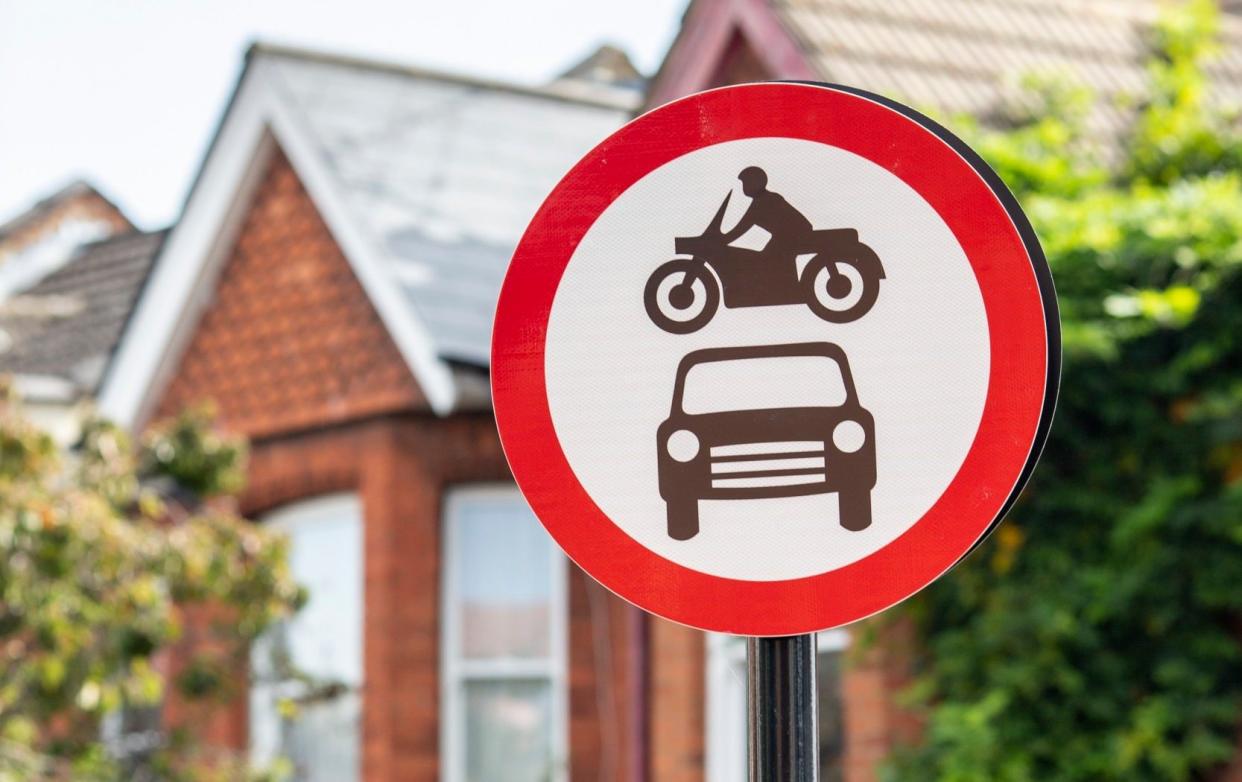LTNs to cover three quarters of borough's roads despite resident backlash

A north London borough will see three in every four roads become low traffic neighbourhood (LTN) zones, despite strong opposition from residents.
Labour-led Hackney Borough Council unveiled what it called the “UK’s most ambitious plans to tackle toxic air” this week, which included expanding the amount of LTNs across the borough from covering half of all roads, to covering three quarters.
The expansion of LTNs – where traffic calming measures are used to reduce the number of vehicles in residential areas – has been met with fierce opposition from local residents, who claim they push traffic to main roads, resulting in “cleaner air haves and have-nots”.
Low traffic neighbourhood zones began appearing across London during the Covid-19 pandemic as temporary measures. However, many boroughs decided to keep them in place when road traffic began returning to pre-pandemic levels.
Hackney council has become the biggest adopter of LTNs introducing 19 neighbourhoods across the borough.
The new proposals, in Hackney’s three-year local implementation plan, will see four key areas in Hackney become LTNs by 2025.
'Incredible track record'
Philip Glanville, mayor of Hackney, said: “This is the most ambitious plan in London, if not the most ambitious in the country, building on an incredible track record in this borough.”
But residents and campaign groups have slammed the plan saying it would further saturate main roads during rush hour and drive up pollution in some areas.
Bill Parry-Davies, who led a legal challenge against Hackney’s LTN roll-out, said that while Hackney had many positive greening policies, evidence showed that LTNs diverted traffic to already saturated roads.
Mr Parry-Davies said: “At some main-road schools pollution at rush hours, when children are walking to and from home, is four times higher than the World Health Organisation guidelines.”
In February 2022, a report looking at the impact of converting roads in Hackney’s London Fields into an LTN found that boundary roads outside the zone experienced significant congestion because of the changes.
The report also revealed that 64 per cent of residents had negative feelings towards the LTN.
Clair Battaglino, who stood as an independent councillor over the issue of LTNs, said increasing LTNs did not solve the congestion problems throughout the borough.
Ms Battaglino, who resigned from the Labour Party because of LTNs, said: “Though it may not have been the intent, the impact of creating clean air haves and have-nots is a clear example of environmental injustice.”

 Yahoo News
Yahoo News 
